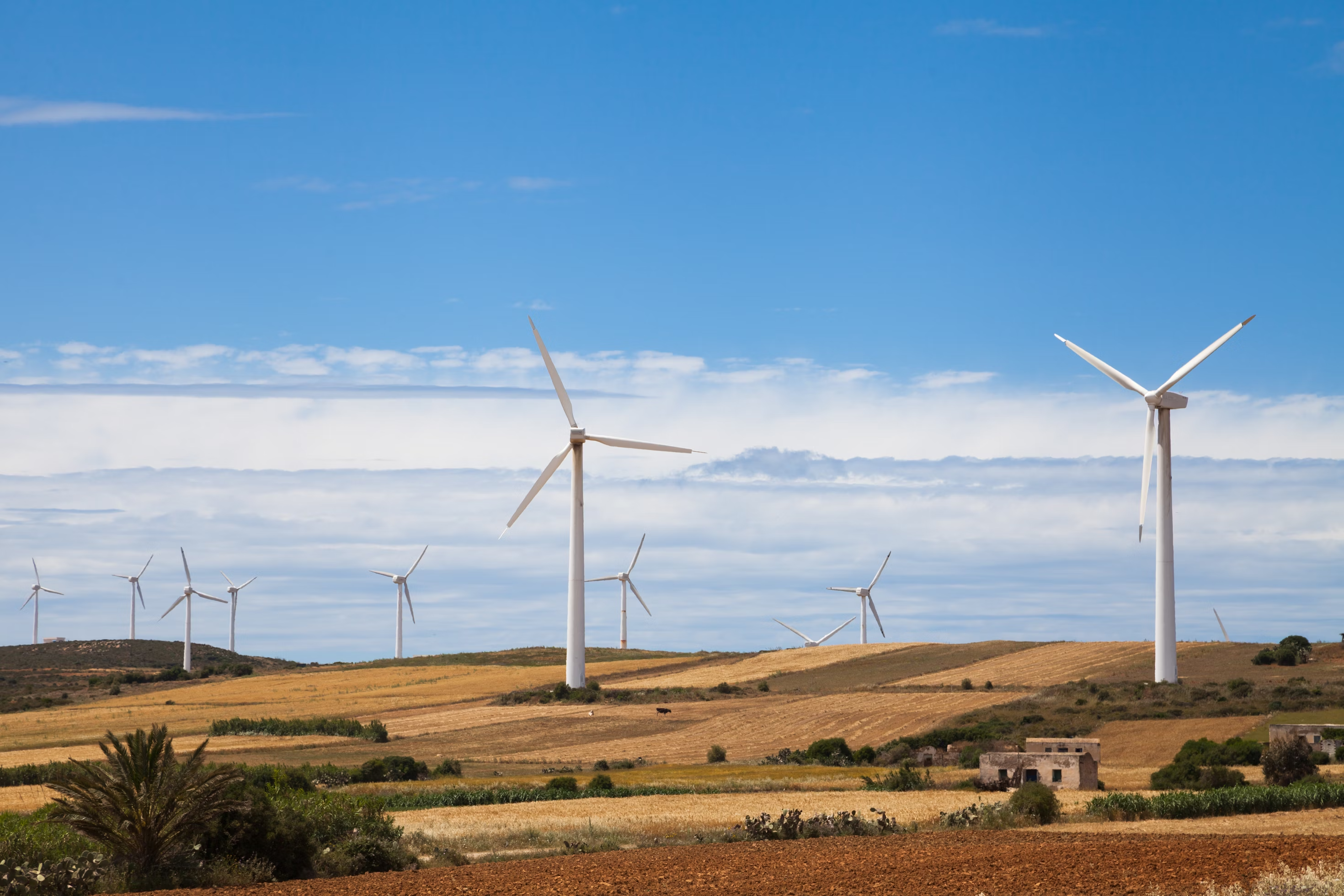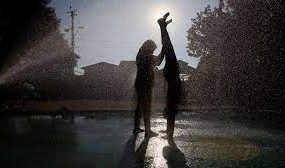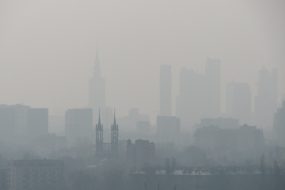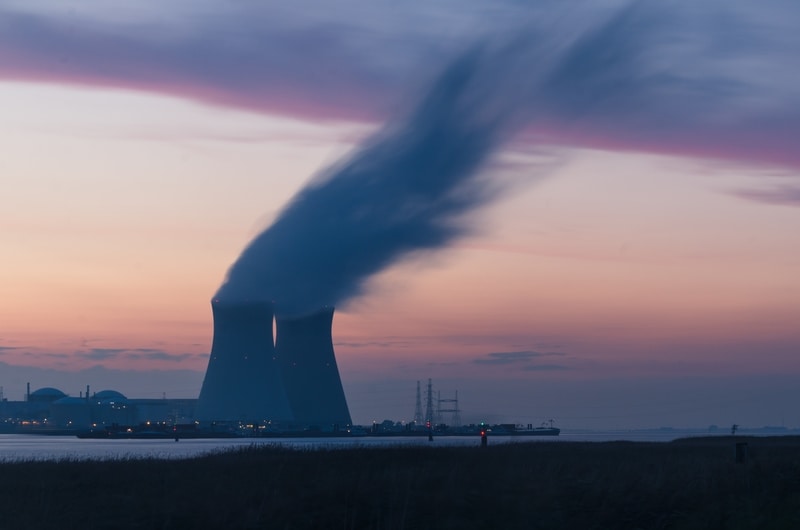
Nuclear energy has become a player in the global energy landscape, providing a substantial portion of the world’s electricity. This blog will tell you the history of nuclear energy, and the countries that pioneered its use. The current distribution of nuclear power plants, and the nations on the brink of adopting this technology.
The First Steps in Nuclear Energy
The journey of nuclear energy began in the early 20th century with groundbreaking discoveries in atomic physics. The first successful demonstration of nuclear fission occurred in 1938 when German chemists Otto Hahn and Fritz Strassmann. Along with physicist Lise Meitner, discovered that bombarding uranium with neutrons could split the nucleus. This discovery laid the groundwork for both nuclear weapons and nuclear power generation.
The first country to harness nuclear energy for electricity generation was the Soviet Union. On June 27, 1954, the Obninsk Nuclear Power Plant became the world’s first nuclear power plant. This produces around 5 megawatts of electric power. This was followed by the United Kingdom, which connected its first commercial nuclear power station, Calder Hall, to the grid in 1956.
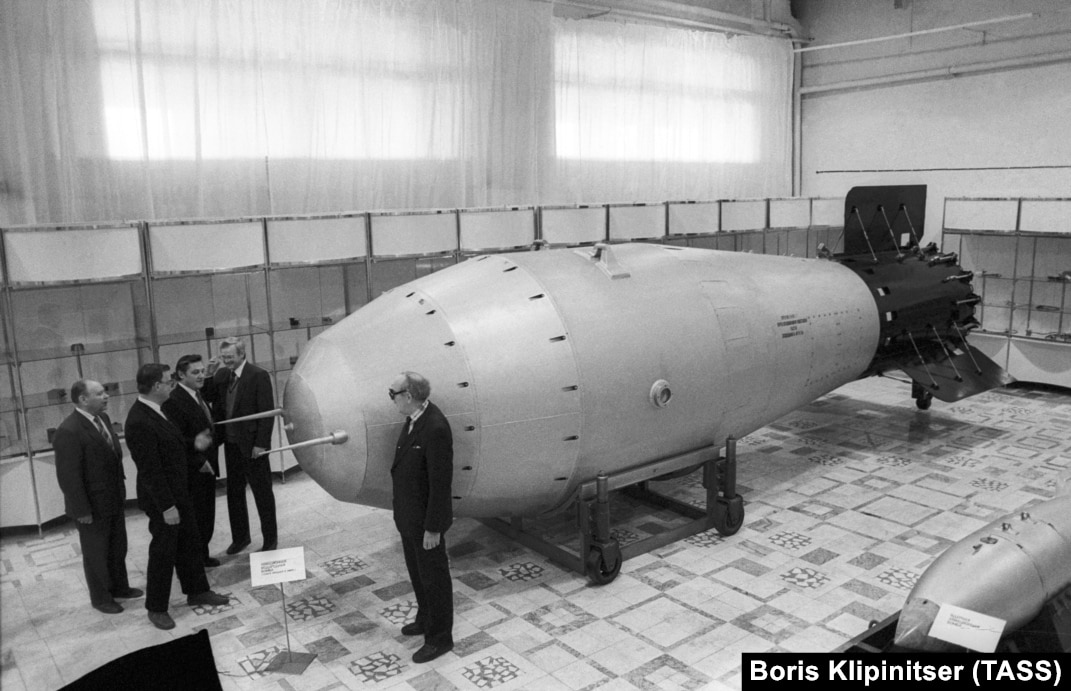
Distribution of Nuclear Power Plants
As of 2023, nuclear energy accounts for approximately 9% of the world’s electricity, generated by around 440 operational reactors across 31 countries, plus Taiwan. The following countries are notable for their significant reliance on nuclear power:
- France: Approximately 70% of its electricity comes from nuclear energy, making it the leader in nuclear power usage.
- Ukraine, Slovakia, and Hungary: Each of these countries generate about half of their electricity from nuclear sources.
- United States: Home to the largest number of reactors, the U.S. generates about 20% of its electricity from nuclear power.
In total, over 50 countries utilize nuclear energy for various purposes, including electricity generation, medical isotope production, and research.
Countries on the Brink of Nuclear Adoption
While many countries have embraced nuclear energy, several others are in the process of developing their nuclear capabilities. Countries such as:
- Poland: Plans to build its first nuclear power plant by the end of the decade.
- Egypt: Actively working on its first nuclear power plant, with construction expected to begin soon.
- Bangladesh: Has initiated the construction of its first nuclear power plant, which is expected to be operational in the coming years.
These nations recognize the potential of nuclear energy to provide a stable, low-carbon energy source to meet growing electricity demands and reduce reliance on fossil fuels.
In conclusion, the history of nuclear energy began with the Soviet Union, which was the first country to successfully harness nuclear power for electricity generation with the launch of the Obninsk Nuclear Power Plant in 1954.
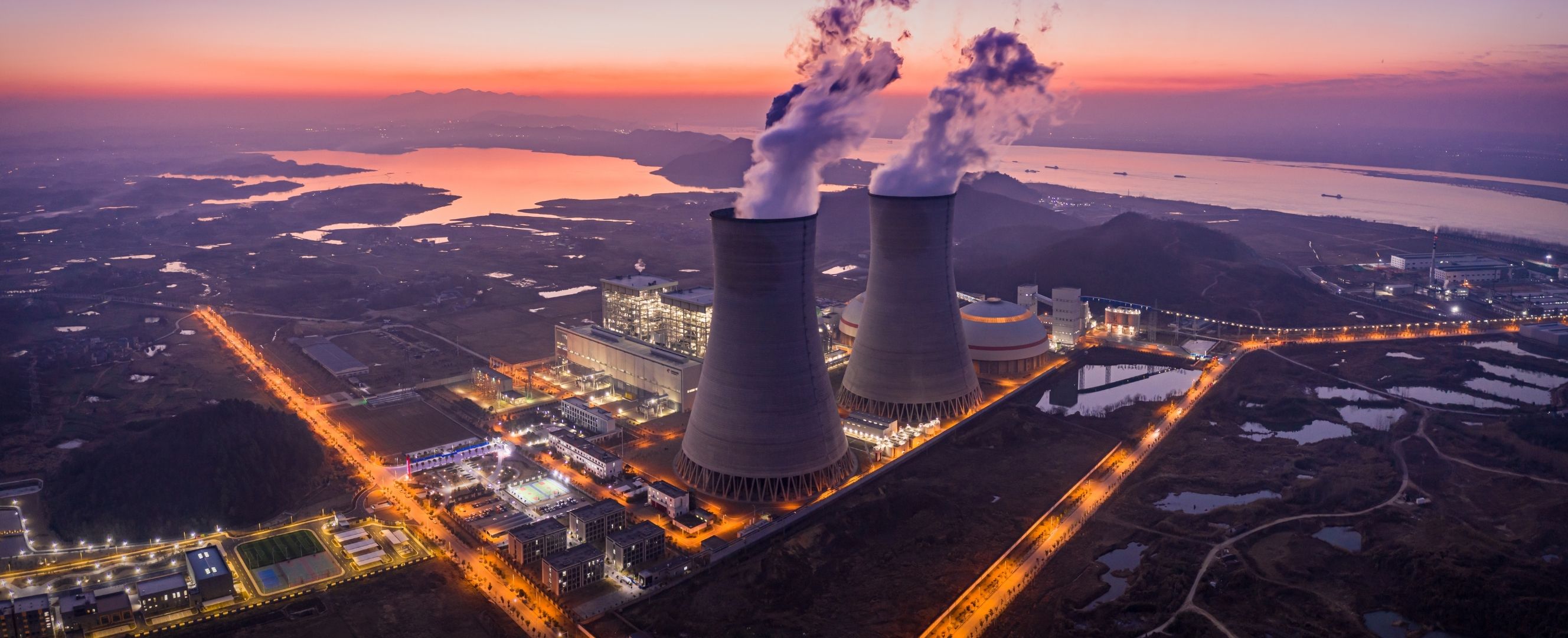
Currently, the distribution of nuclear power plants around the world is quite varied. Approximately 440 operational reactors exist across 31 countries, contributing about 9% of the global electricity supply. France leads the way, generating around 70% of its electricity from nuclear energy, while countries like Ukraine, Slovakia, and Hungary also rely heavily on nuclear power, producing about half of their electricity from this source.
Looking to the future, several countries are preparing to adopt Nuclear Energy for the first time. Notable examples include Poland, which plans to construct its first nuclear power plant, and Egypt, which is actively working on its inaugural facility. Bangladesh is also in the process of building its first nuclear power plant, indicating a growing interest in nuclear energy as a sustainable energy solution.
Read more on Lifetips.blog











